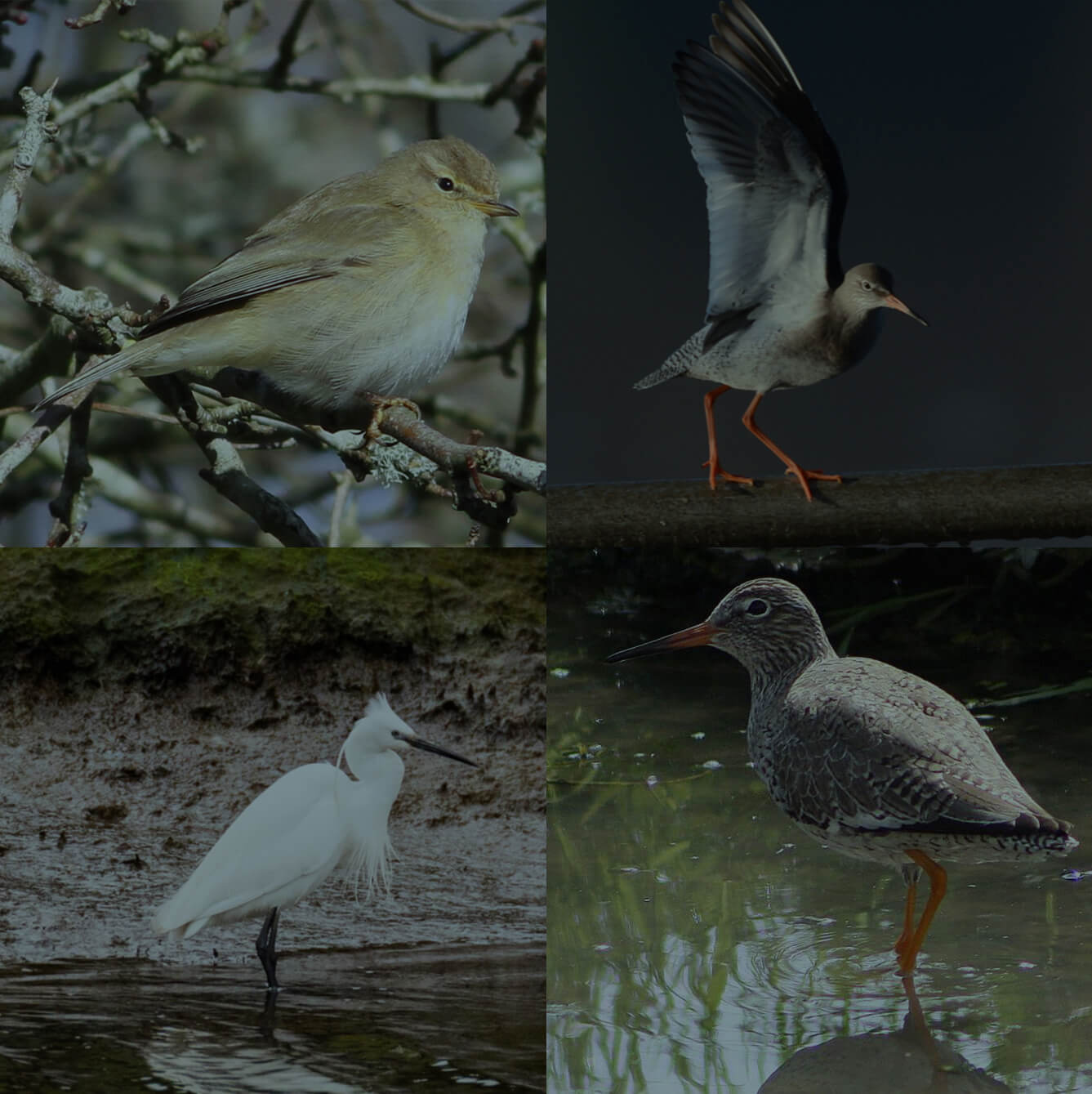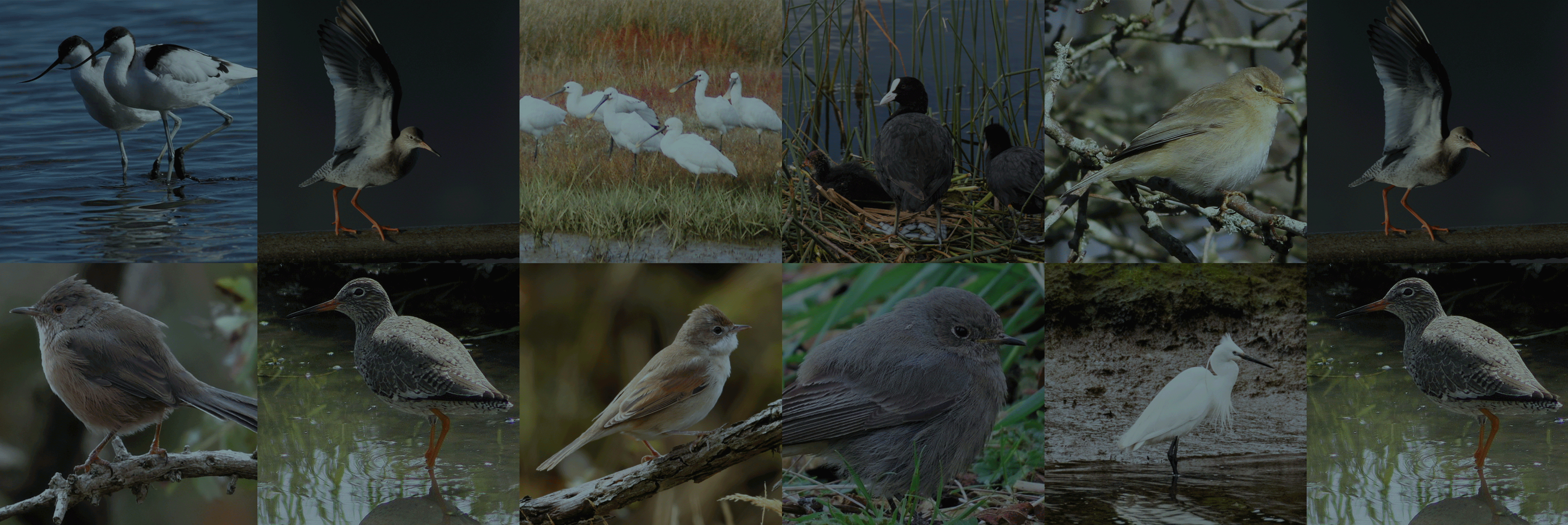An official account of all species that have been recorded and reported by birdwatchers and naturalists in the Poole Harbour area since records began.
The data for this list has been extracted from various sources, but George Greens 'The Birds of Dorset', Mansel-Pleydell's Birds of Dorsetshire, Naylor’s reference manual of rare birds and the back catalogue of Dorset bird reports have provided most information. Data is currently still being researched and records will be updated accordingly.
You can view this information in two different ways. Our alphabetical list provides information on the status of each species within the harbour, finder dates and names, photos and favoured locations. By clicking on the Systematic List button you will be presented the full Poole Harbour systematic list which includes status of species, pending records and historical accounts.
To date, 333 species have occurred and have been accepted within the Birds of Poole Harbour boundaries. A further 11 distinct subspecies have also been seen. In addition, we have two species/subspecies which have been recorded, but are awaiting acceptance by the appropriate records panel.
There are a handful of historical records, for which there is currently insufficient information to allow their inclusion onto the Poole Harbour list, but are believed to be genuine records. They are listed at the end of the list.
Finally, there are a number of feral or escaped species that have been recorded within the Birds of Poole Harbour boundaries. They are included for completeness, but are not included on the Poole Harbour list.
We would be interested in hearing details of any species that do not appeared on this list.
The Birds of Poole Harbour systematic list is a PDF which you can view by clicking on the button below. It was last updated on December 2019.
Full Poole Harbour Systematic List
Egyptian Goose
Latin Name
Alopochen aegyptiaca
Status
Scarce Feral Visitor
Site And Records Information
This increasing feral wanderer could potentially turn up at any wetland site, but wet areas such as Lytchett Bay, Middlebere, the Frome and Piddle Valley and Swineham all hold recent records. Could become more regular with 120 in the Avon Valley in winter 2018. It’s not clear if all birds reaching Poole Harbour are local escapes or wanderers from feral breeding populations, but some look rather suspect in their origins with white heads and ‘farmyard’ appearances. Early records consisted of 1 at Wareham on 16th April 1982. 1 on Brownsea on 23rd July 1993 which was also seen in Poole Park. 1 was found at Swineham on 16th December 2002 and was still present the next day. Since 2015 records have become far more regular with a semi-resident pair hanging around Holme Lane/Swineham and Sunnyside.
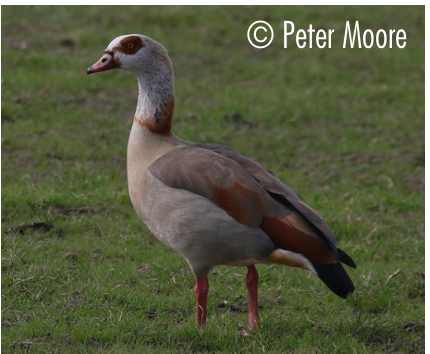
Eider
Latin Name
Somateria mollissima
Status
Winter Visitor
Site And Records Information
Eider used to be present most winters in Poole Harbour but over the last decade has seen a considerable drop in records with the current 5-year winter average being only 1 per winter!
A flock of 20 summered at Pilots Point in 1983 and they were not recorded much before 1950, as A J Bull wrote in the 1961 Bird Report “42 were counted on Hook Sands in Poole Bay on December 31st by Helen Brotherton. It is worth noting that the Eider was still considered a “rare vagrant” in Dorset in 1946” . Though it has been seen with increasing frequency during the last decade these figures exceed previous totals. The harbour maximum is 135 in February 1989 and 10 summered in Poole Harbour from June-Sept 1969, and 20 in Studland Bay during the summer of 1976, also 19 in Studland Bay June-Aug 1996.
The 10 year average peak counts 1950 – 2010 are as follows. 1950’s – 7, 1960’s – 22, 1970’s – 28, 1980’s – 39, 1990’s – 14, 2000’s – 8 (However this figure would be half this were it not for the large flock which gathered in the winter of 2002-03. Since then peak counts have been 2010 – 14, 2011 – 6 and 2012 – 2.
When Eider do arrive for the winter Studland Bay, Shell Bay, South Deep, Jerry’s Point, Central Harbour and Brands Bay are all the most suitable sites to look.
Recent records:
2023
First winter period:
Poole Harbour Up to 6 present between 2nd Jan and 26th Feb. A female and imm male were regularly seen between 12th May and 30th Aug in Brand’s Bay, Shell Bay and the Harbour entrance.
Studland Bay 3 off Pilot’s Point on 1st Mar and 4 on 12th, 16th & 19th Mar.
Second winter period:
Poole Harbour 3 (2 imm males, 1 female) in central Harbour between 25th Oct and 15th Nov; 2 females in Brand’s Bay area from 5th Nov to 22nd Dec.
Studland Bay 2 in Shell Bay on 26th Nov, 2 on 11th & 16th Dec and 1 on 26th Dec.
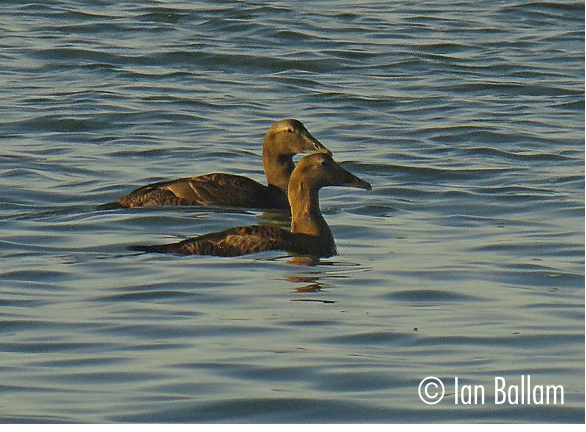
Elegant Tern
Latin Name
Thalasseus elegans
Status
Vagrant
Site And Records Information
A colour-ringed individual which had originally been ringed in France, with DNA analysis also being carried out confirming the bird was indeed 100% Elegant Tern, and hadn’t hybridised with Sandwich Tern.
1 Adult on Brownsea Lagoon 21st June 2017 (H.Murry et al)
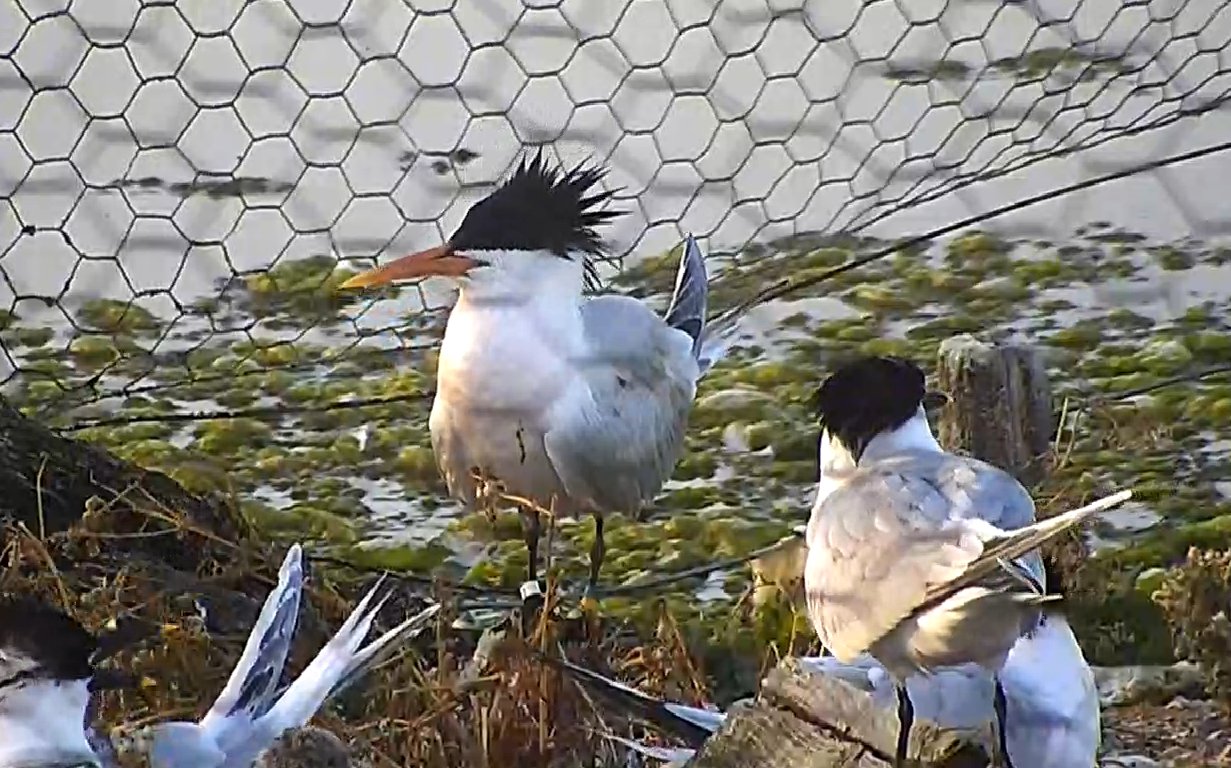
Call 01202 641 003
© 2025 Birds of Poole Harbour Registered Charity No. 1152615

